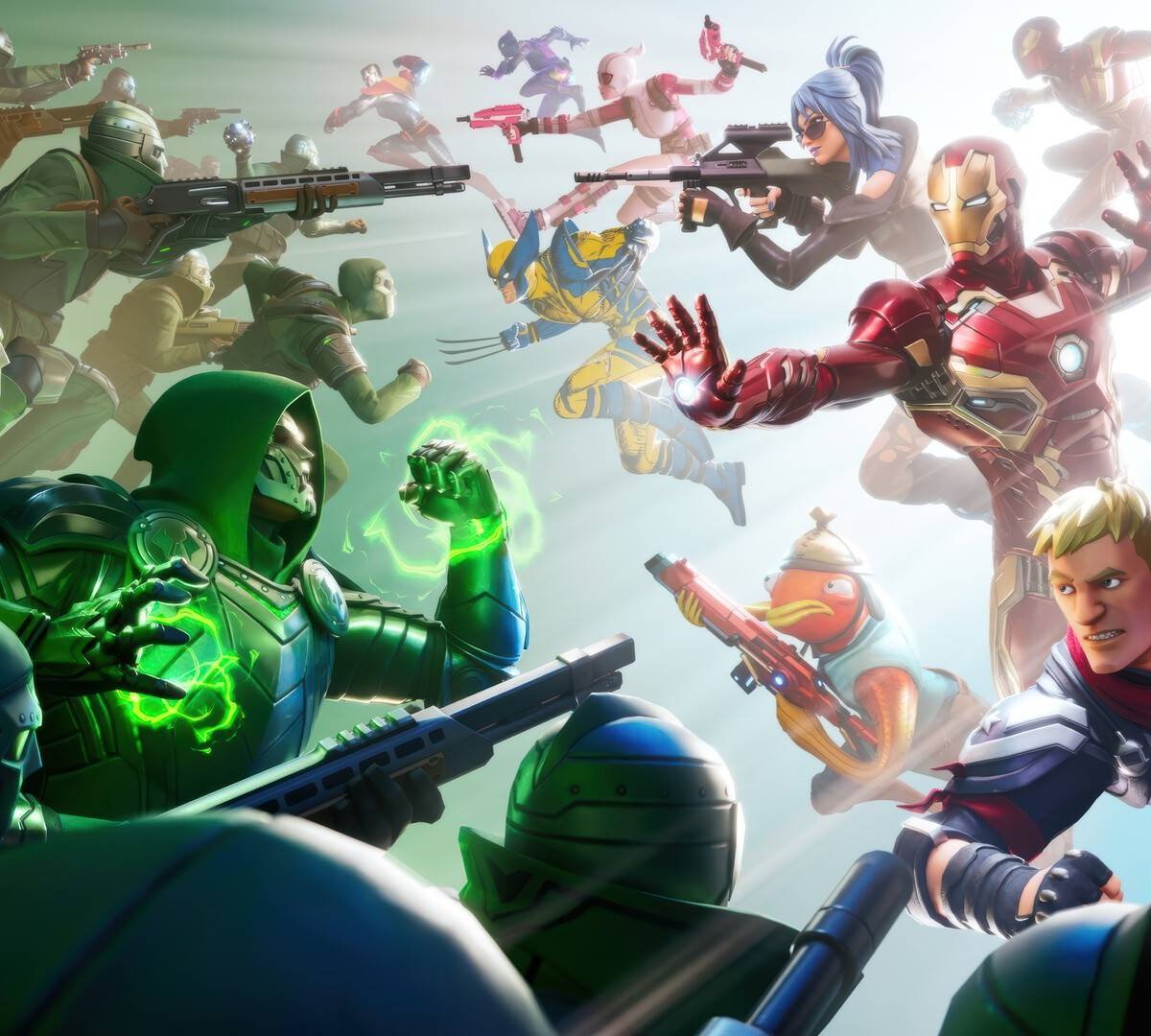
By Gabriel Fonseca, columnist for Voxel and TecMundo.
Monetization in Free-to-Play games is a central theme in the games industry, a field that has evolved rapidly with the advent of smartphones and the democratization of access to digital games. However, finding a balance between generating revenue and preserving the player experience remains a delicate challenge.
Successful monetization must ensure that the immersive and fun player experience is not disrupted by aggressive or intrusive practices. This equation is vital for the longevity of games, especially in a scenario where the market is saturated and the entertainment options are vast.
One of the main approaches is to adopt a monetization model that offers real value to the player. When consumers feel that paid content genuinely improves their gaming experience, they tend to view these purchasing options as an add-on rather than a barrier. The key is in allow the player to progress through the game without feeling like they are forced to spend money. Microtransactions for items, for example, are widely accepted, as they allow customization without interfering with the basic gameplay.
Fortnite bets on monetization with skins to be successful and keep players engaged.
Another crucial point is transparency in purchasing options. Loot box models and gacha mechanics, widely criticized for their unpredictable and potentially exploitative nature, have lost ground in favor of clearer and fairer approaches. Players must know what they are purchasing and what its real impact will be on the game. Frustration arises when the user feels that they are being manipulated by shady monetization tactics, which negatively affects both the reputation of the game and the company behind it.
Business model is important in free games
The importance of a balanced progression model cannot be underestimated. Games that fall into the “pay-to-win” trap – where players who spend money have an unfair advantage – drive away committed user bases. This can create a toxic environment where non-paying players quickly lose interest, resulting in a drop in user engagement and retention.
An effective alternative is the “pay-for-convenience” model. Thus, players can pay for improvements that accelerate progress, without, however, preventing others from advancing in the game on merit.
Personalization of the player experience must also be taken into account in the monetization strategy. Offering purchasing options adapted to each player’s profile, whether through in-game behavior analysis or playing style preferences, can make transactions more attractive. This customization allows the player to feel like the offers are tailor-made, increasing the propensity to purchase without seeming intrusive.
Monetizing Free-to-Play games in an ethical and balanced way requires a player-centric approach. By respecting the user experience and offering monetization options that add value without harming the core of the game, developers can not only keep their games financially viable, but also ensure the satisfaction and loyalty of their player base.
Gabriel Fonseca is Global Growth Lead at Scopely and has worked on games such as Clash of Clans, Clash Royale and Brawl Stars. Currently lives in Barcelona
Source: https://www.tecmundo.com.br/voxel/290551-monetizacao-jogos-free-to-play-equilibrar-rentabilidade-experiencia-jogador.htm


